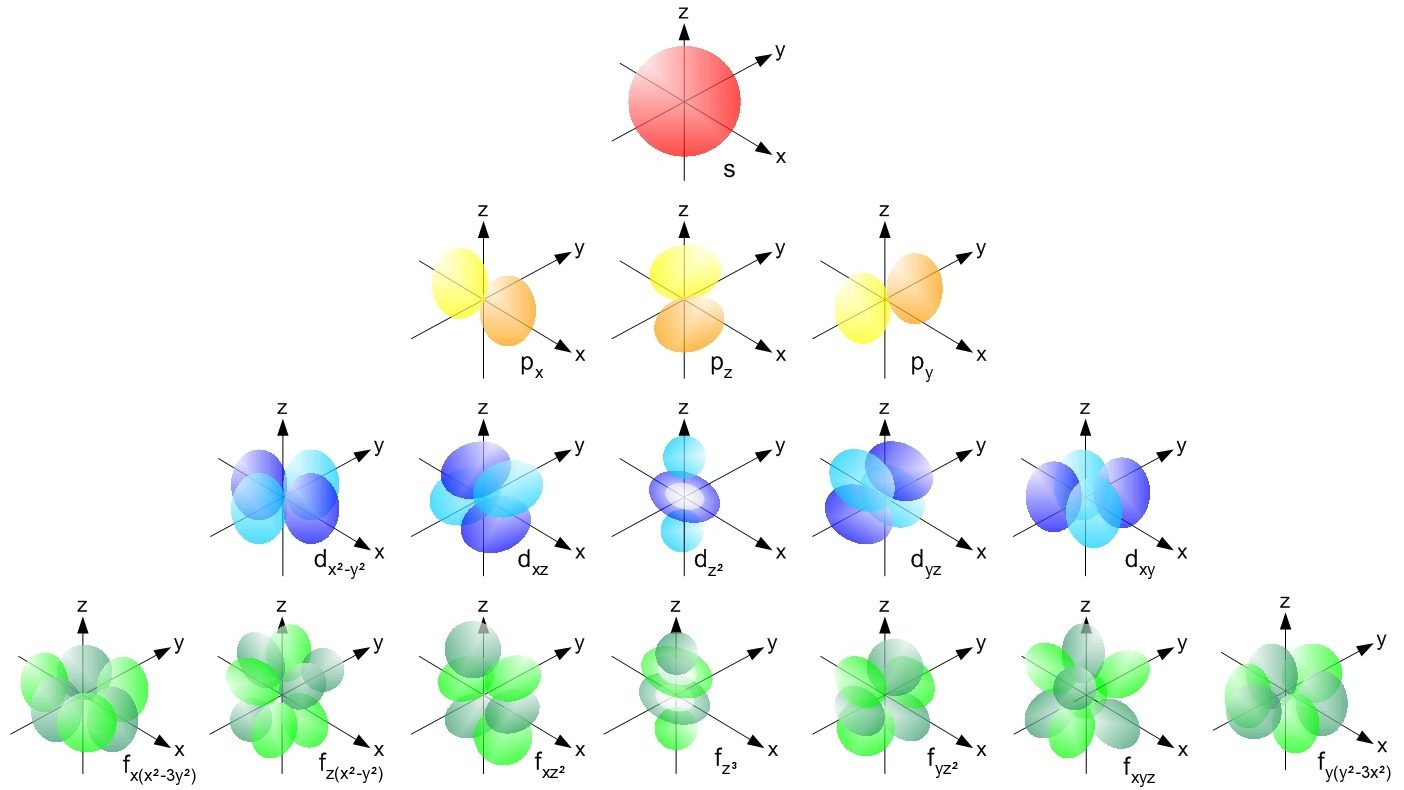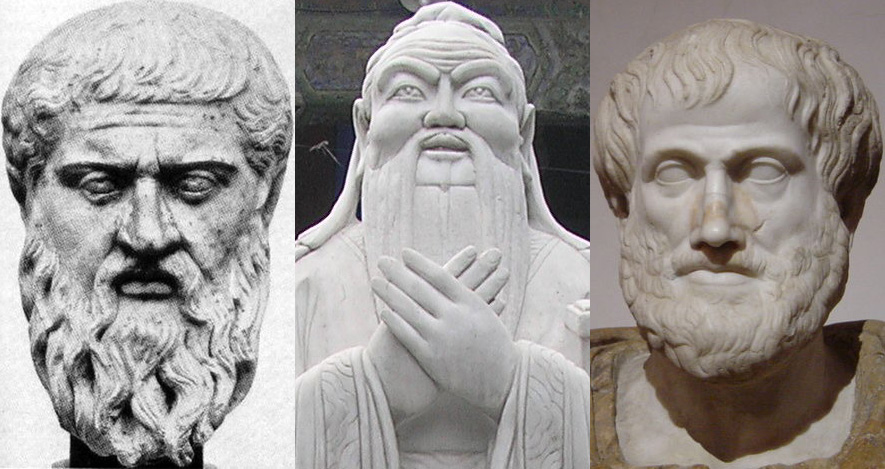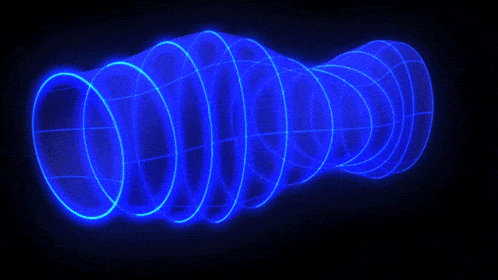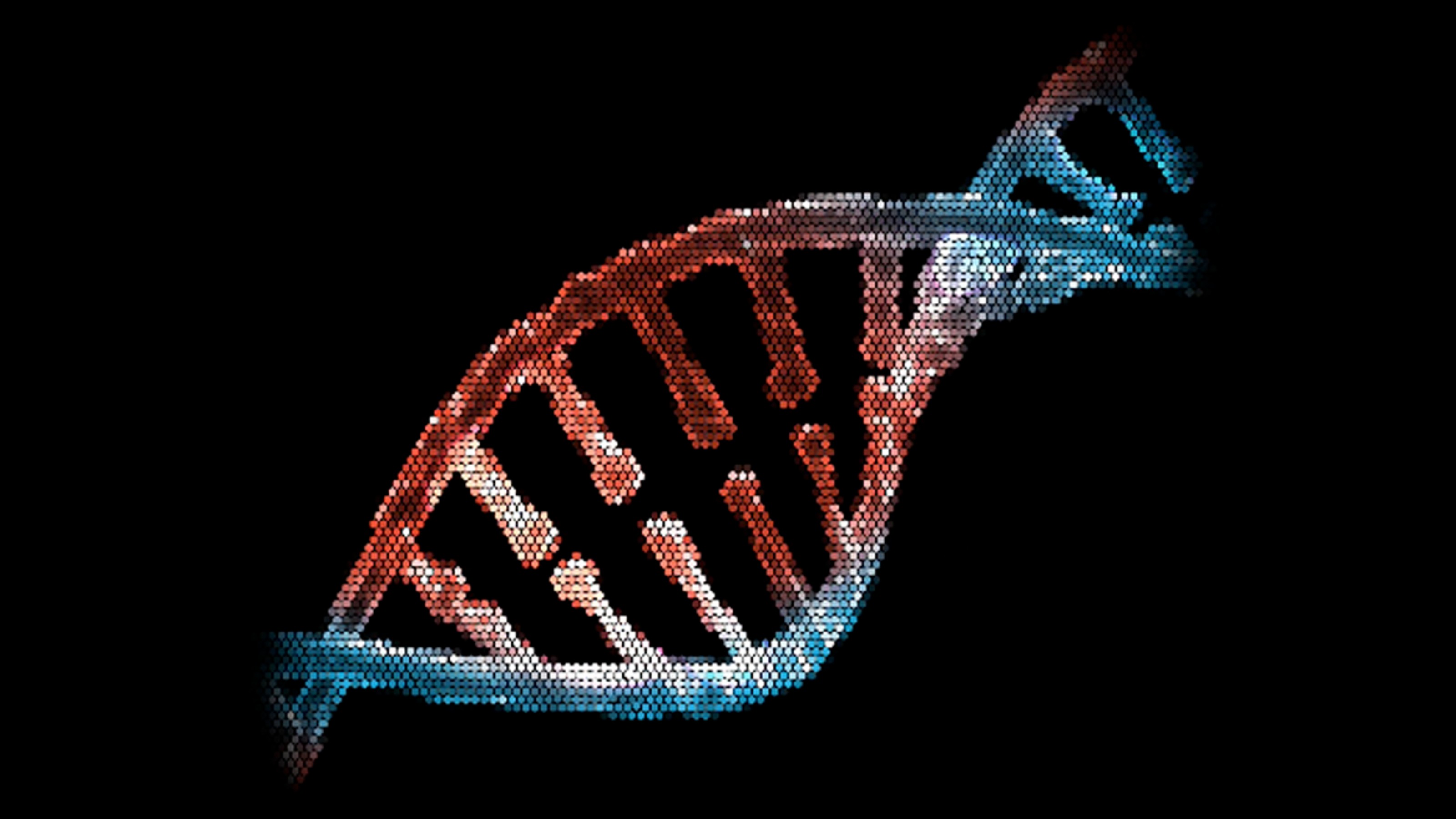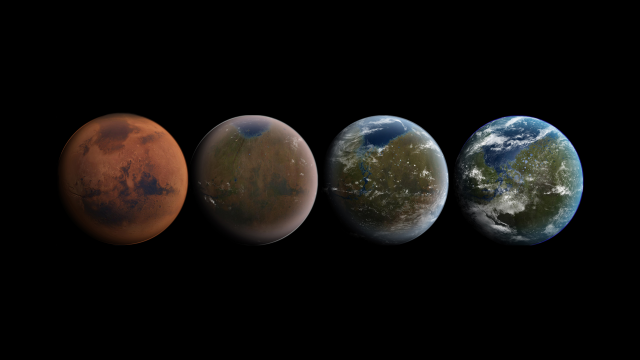What is the physics of nothing?
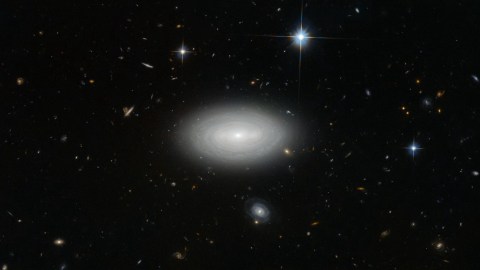
And can we even agree on the definition of ‘nothingness’?
“Alone, I often fall down into nothingness. I must push my foot stealthily lest I should fall off the edge of the world into nothingness. I have to bang my head against some hard door to call myself back to the body.” –Virginia Woolf
If you take everything away from a part of the Universe, what are you left with? You’d assume the answer is “nothing,” but perhaps that’s not quite right. You can take all the particles and antiparticles away, all the various types of radiation, all the curvature of space and ripples of gravitational waves away, and find yourself embedded in purely empty space, where there’s nothing at all for you to interact with. Yet, is that really “nothing,” or is there still something there?

A common way to look at this state is to call it the quantum vacuum. It’s the lowest-energy state of empty space, and yet one of the puzzling things that quantum physics teaches us is that the zero-point energy, or the ground state of the Universe, isn’t actually a state of zero energy. On the contrary, it’s a finite, positive value that is:
- observationally measured — thanks to the effects of dark energy — to be approximately the equivalent rest-mass energy of around one proton per cubic meter,
- and theoretically calculated, to the best of our abilities, to be about 10¹²⁰ times higher than that value.
It’s not a stretch to say that we don’t understand the physics of nothingness very well, nor do we have a good explanation for why this zero-point energy doesn’t dilute or decrease (or appear to change at all) over time.
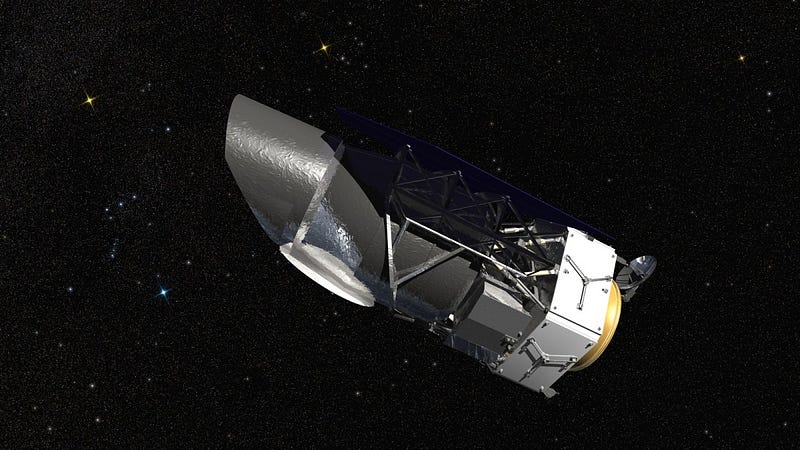
Over the coming decades, space-based observatories like ESA’s Euclid satellite and NASA’s upcoming WFIRST mission should be able to constrain the constancy of this zero-point energy across space and time to better than 1%. (The best constraints are currently at ~8% now). By measuring how the Universe has expanded over its history from many different locations and from many different distances from us, we should be able to confirm that the zero-point energy of the Universe is the same everywhere and at all times to an unprecedented degree.
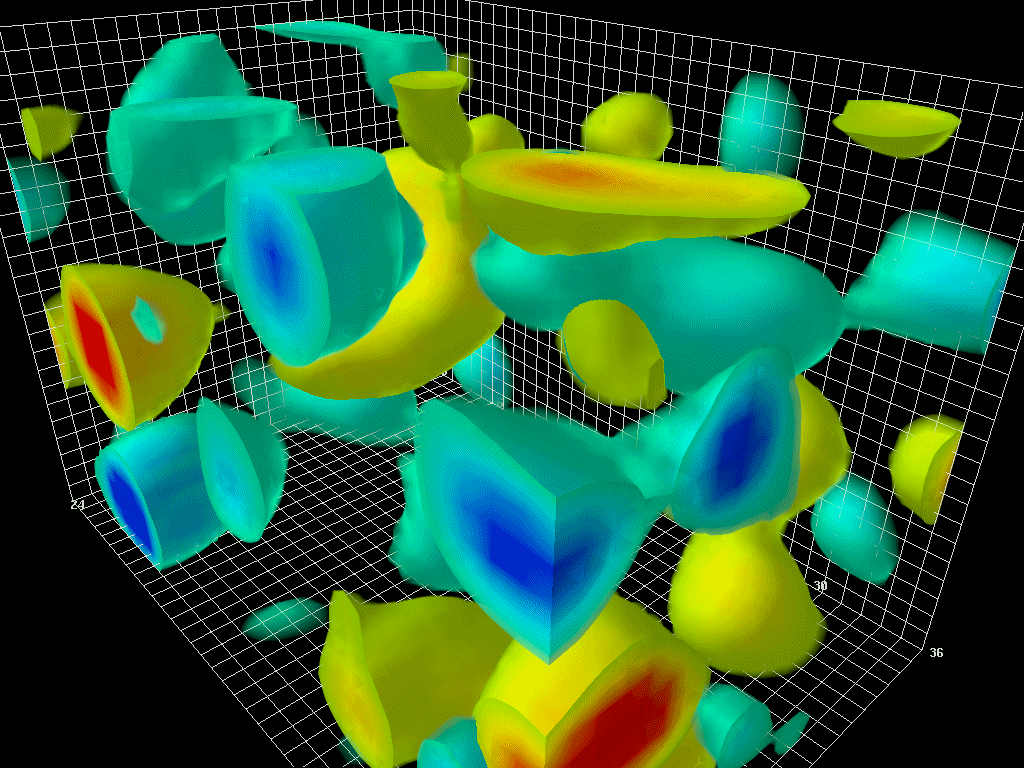
But is that really the same as nothing? And perhaps more importantly, is our perception and conception of nothingness merely an illusion, or is it the key to understanding some of the most important secrets about the Universe?
https://iai.tv/video/everything-and-nothing
This was the topic of a recent discussion at the Institute of Art and Ideas, whose panels represent the closest European analogy to the TED series of talks given in the United States. Each panelist — physicists Laura Mersini-Houghton and John Ellis, as well as philosopher James Ladyman — give their take, above. The problem is that although it isn’tan illusion, we don’t agree on what we mean about “nothingness.” Do you mean:
- This ground-state energy, which may have been different (and much larger) in the past? (For example, during cosmic inflation.)
- A state outside of space and time, where you have the emergence of spacetime from a true “nothing” state? (Does such a state even exist, or would its existence even be meaningful?)
- Do you mean the nothingness of our Universe, which may be different from what nothingness is in other pockets of the Multiverse?
- Or do you mean the cosmic vacuum, with all of its virtual energy and which may change depending what’s in it?
It’s an odd thought that what we think of as “our nothingness” may not be the same as “nothingness” elsewhere, at other times or at other locations.
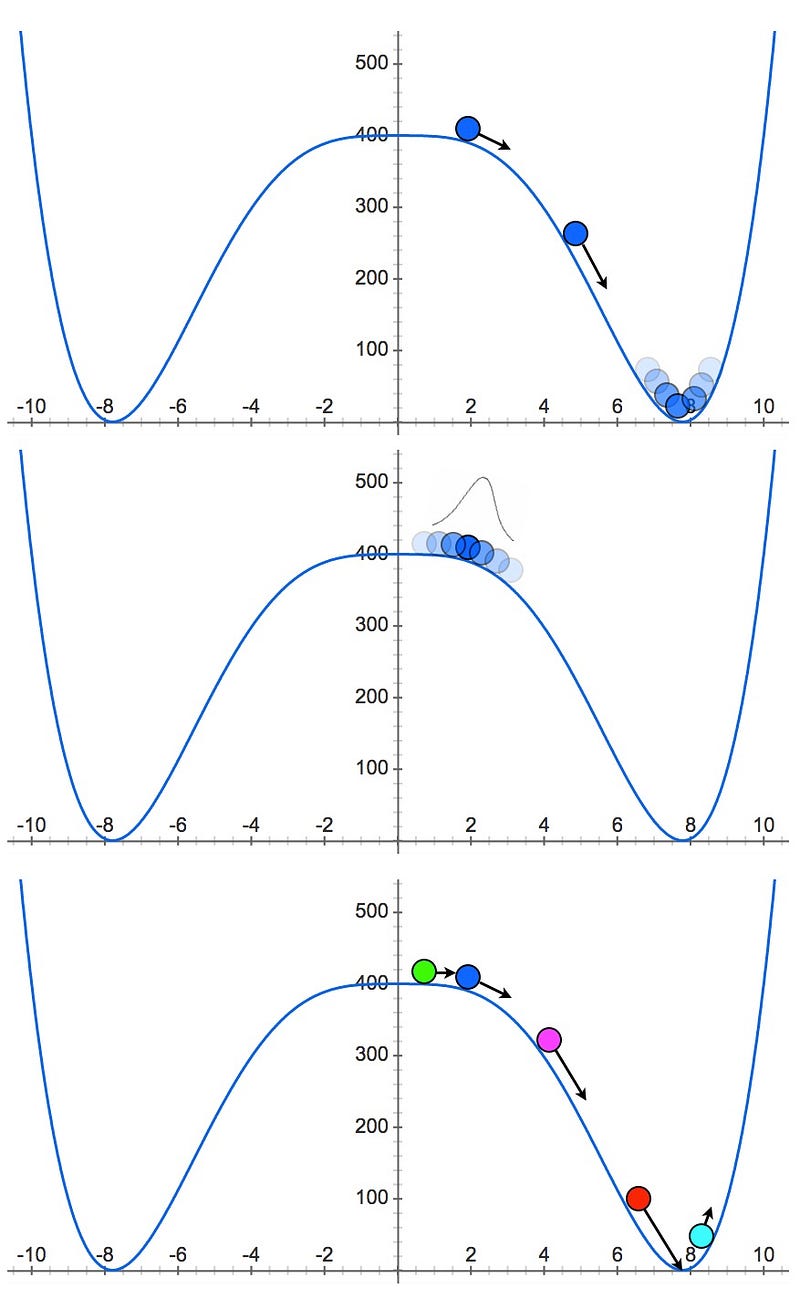
Yet this is kind of how we think the “hot Big Bang” got its start! By transitioning from a higher zero-point energy to a lower one, the expanding Universe that was full of a large amount of energy inherent to space itself transitioned to a lower-energy state, and that transition resulted in creation of all the matter, antimatter and radiation present in the Universe today. It’s even possible that we have another transition fated for us at some point in the future, where perhaps another, cooler hot Big Bang awaits us.
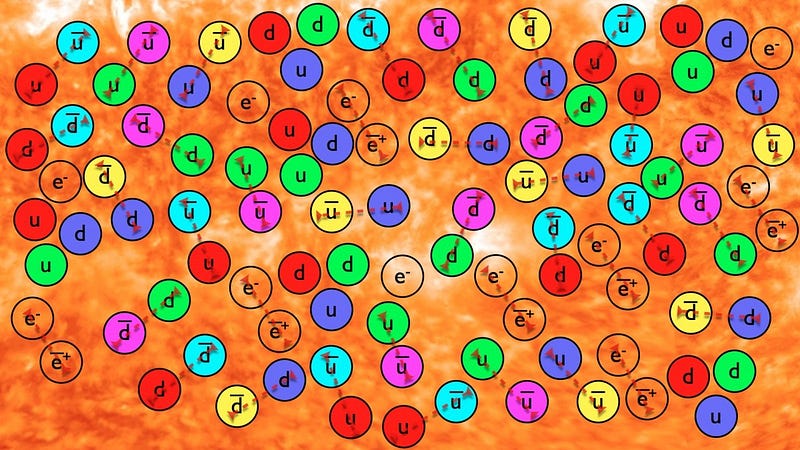
And yet, it’s philosophically dissatisfying. This “physical nothing” sounds very much like something, doesn’t it? When we want to talk about nothing, our conceptions take us outside of space and before the Universe began, yet does that even make sense? How can you talk about “outside” when you don’t have space? How can you talk about “before” anything if you don’t have time?
And yet, whatever “nothingness” truly is, it contains the entire Universe. (Philosophically, this is a longstanding tenet of Buddhism.)
Many physicists claim that there’s no way to understand anything, fundamentally, until we understand nothing. And although our understanding of it is partial — which is to say, we understand the fundamental, basic laws of nature that govern empty spacetime — we don’t understand from whence those fundamental laws arise, and whether they themselves are a “thing.”
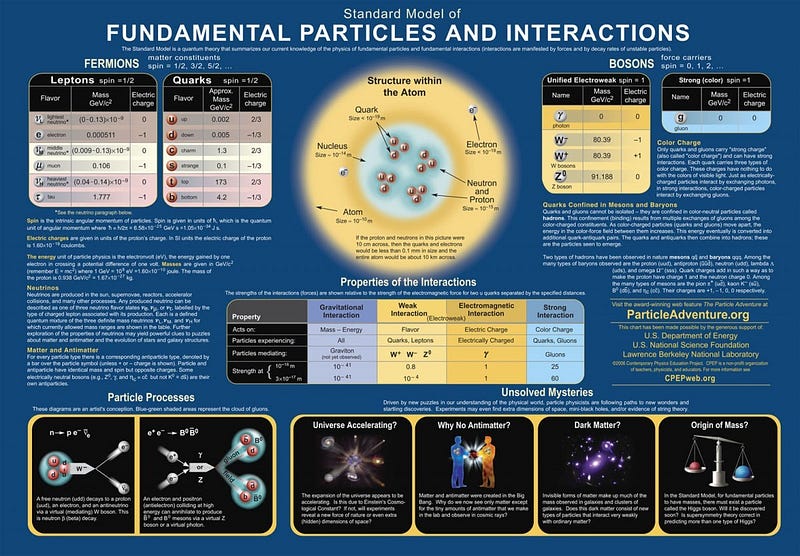
So we can say that our Universe did, indeed, come from nothing, and its eventual end state may well asymptote to nothing as well after an arbitrarily long amount of time. But that’s only if you accept our description of a physical nothing as true nothingness. The definition of nothing itself may not be independent of our definitions of space, time, and the “rules” of the Universe; it’s not something anyone — physicists, philosophers or otherwise — can necessarily agree on. There isn’t a physical test we can perform to say, “have we really reduced this to nothing” yet?
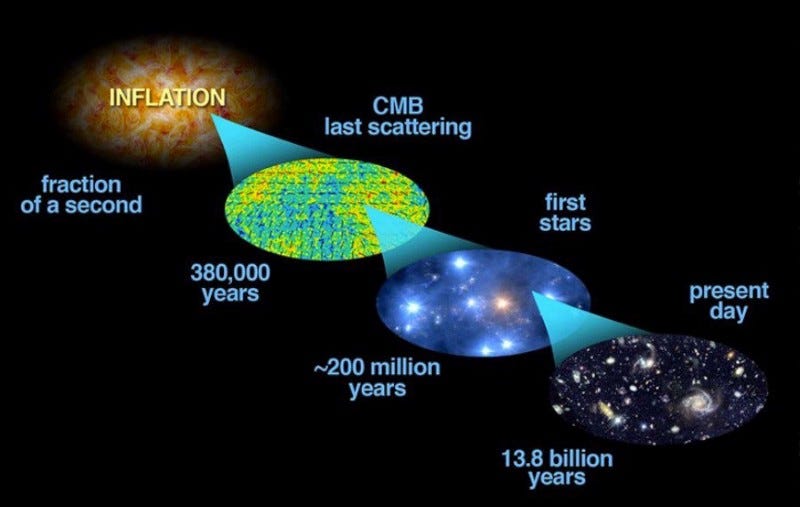
A few things are certain: we have not always existed; we will not always exist; we exist right now. Whatever nothingness truly is, we are all something right now. And whatever exists right now, it did, at some level, come from nothing, no matter how you define nothing. And as best as we understand the Universe, it will return to a state approaching an infinite, physical nothingness as well. But as to just what the nature of the ultimate “nothingness” truly is? That’s still, perhaps, the secret we’re all fundamentally searching for.
https://players.brightcove.net/2097119709001/4kXWOFbfYx_default/index.html?videoId=5131037086001
This post first appeared at Forbes, and is brought to you ad-free by our Patreon supporters. Comment on our forum, & buy our first book: Beyond The Galaxy!
